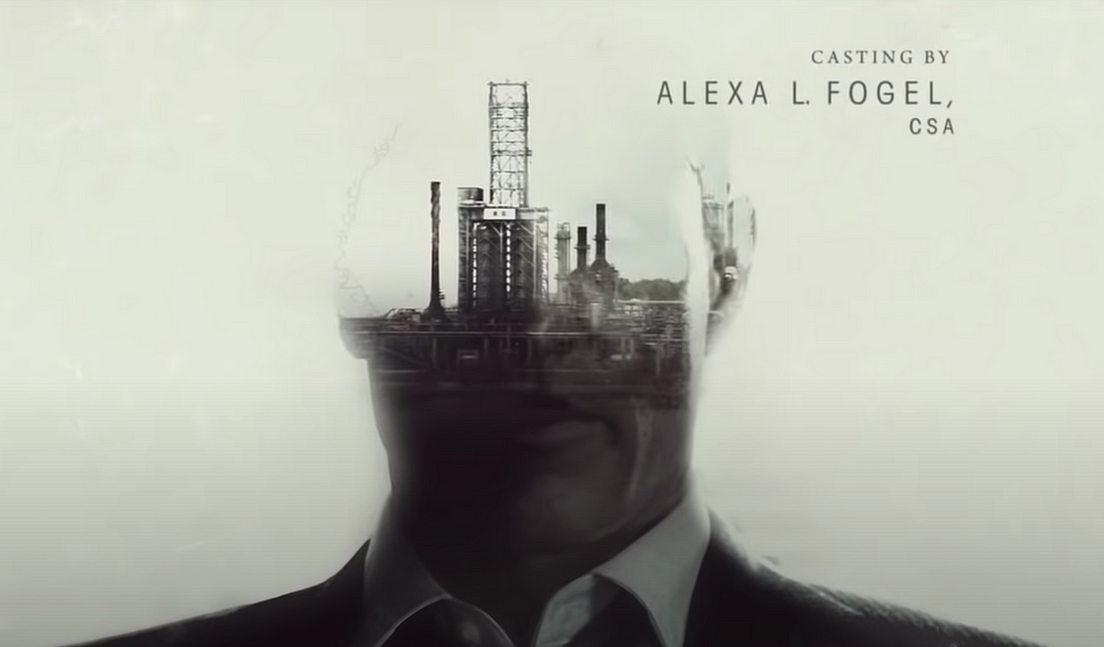

The military excursions exposed him to cruelty. Traveling with an army exposed Leonardo to hydraulic issues and logistical challenges far from the privacy of painting – challenges like bridge building that engaged his imagination. He would not have gone to work for Borgia unless he wanted to.” But either way, Leonardo was no mere pawn or agent. “Or he may have been sent as a way for Florence to have an agent embedded with Borgia’s forces. “Leonardo may have gone to work with Borgia at the behest of Machiavelli and Florence’s leaders as a gesture of goodwill,” writes Isaacson. In Isaacson’s account, which makes substantial use of Da Vinci’s voluminous notebooks, Leonardo was not overpowered by Machiavelli, nor forced by Florentine rulers at metaphorical sword-point to butter up the bloody warlord. Leonardo was long fascinated with how birds fly, the vast interconnectedness of nature, the way water moved, how bridges were built. Apart from the prestige of having Leonardo da Vinci on payroll, Borgia gave him work as a military engineer and map-maker. The notebook drawings he did of Borgia, and sketches of battle scenes over the better part of a year, barely hint at Leonardo’s motivation. To this point in the book, Isaacson has guided us from Leonardo’s impoverished, if happy, out-of-wedlock boyhood with doting grandparents unprivileged early schooling, his father’s role in securing him an apprenticeship at fourteen to the studio of the artist and engineer, Andrea del Verrochio in Florence the early drawings, widespread interests in nature and form, the move to Milan and astonishing run of Milanese portraits, religious paintings and a shimmering chapter on the narrative properties he brought to bear in painting one masterpiece, The Last Supper.Īnd then comes Borgia, evil incarnate. One beauty of historical narrative lies in learning of the strange accommodations people make to the unexpected, how people change, as events evoke mysteries of the self.

Machiavelli hammers home the demand: You must go to Borgia! There’s room for the great facial gesture in a movie where the pastoral Leonardo recoils in horror as Machiavelli puts the deal on the table: We don’t want him butchering people or burning our beautiful city, eh? A marvelous plot turn: the great painter of Leda and the Swan (his masterpiece Mona Lisa yet to come) eyes the calculating political writer. A few days later, probably as part of his arrangement with Florence that Machiavelli had helped to negotiate, Borgia secured the services of the city’s most famous artist and engineer, Leonardo da Vinci.” Once again a vague accommodation seems to have been reached, and Borgia did not attack. He insisted that Florence show him respect and support. He was seated in a dark room, his bearded and pockmarked face lit by a single candle. Cut to Andy Garcia as Machiavelli, fearful in his approach with the priest inside the ducal palace at Urbino, east of Florence, where the evil Borgia (Al Pacino? Robert De Niro?) sits wizened and coiled.

Picture Leo as Leonardo, nervous over Machiavelli’s negotiations. Simon and Schuster in the book’s press release has disclosed that Leonardo DiCaprio optioned the film rights. After some seasoning of gory proof, the author adds: “His only sliver of historical redemption, which is undeserved, came when Machiavelli used him as a model of cunning in The Prince and taught that his ruthlessness was a tool for power.” He had a brutal tyrant’s hunger for power combined with a sociopath’s thirst for blood,” writes Isaacson.

“Name any odious activity and Borgia was the master of it: murder, treachery, incest, debauchery, wanton cruelty, and corruption. Meanwhile, leaders of Florence, an artistic and commercial power, paid Borgia 36,000 florins in protection money, bribing him not to attack the city. He went back to Florence, where he was from, for new opportunities and commissions. Milan had given Leonardo his launch, stability and continuing work. Leonardo at this point is fifty-three, handsome, a success, with a keen eye for elegant form, and happily coupled with a younger man. Midway through Walter Isaacson’s luminous new biography, Leonardo Da Vinci, the artist of rising reputation moves from Milan to Florence, and in 1502 agrees to meet the warlord Cesare Borgia.


 0 kommentar(er)
0 kommentar(er)
